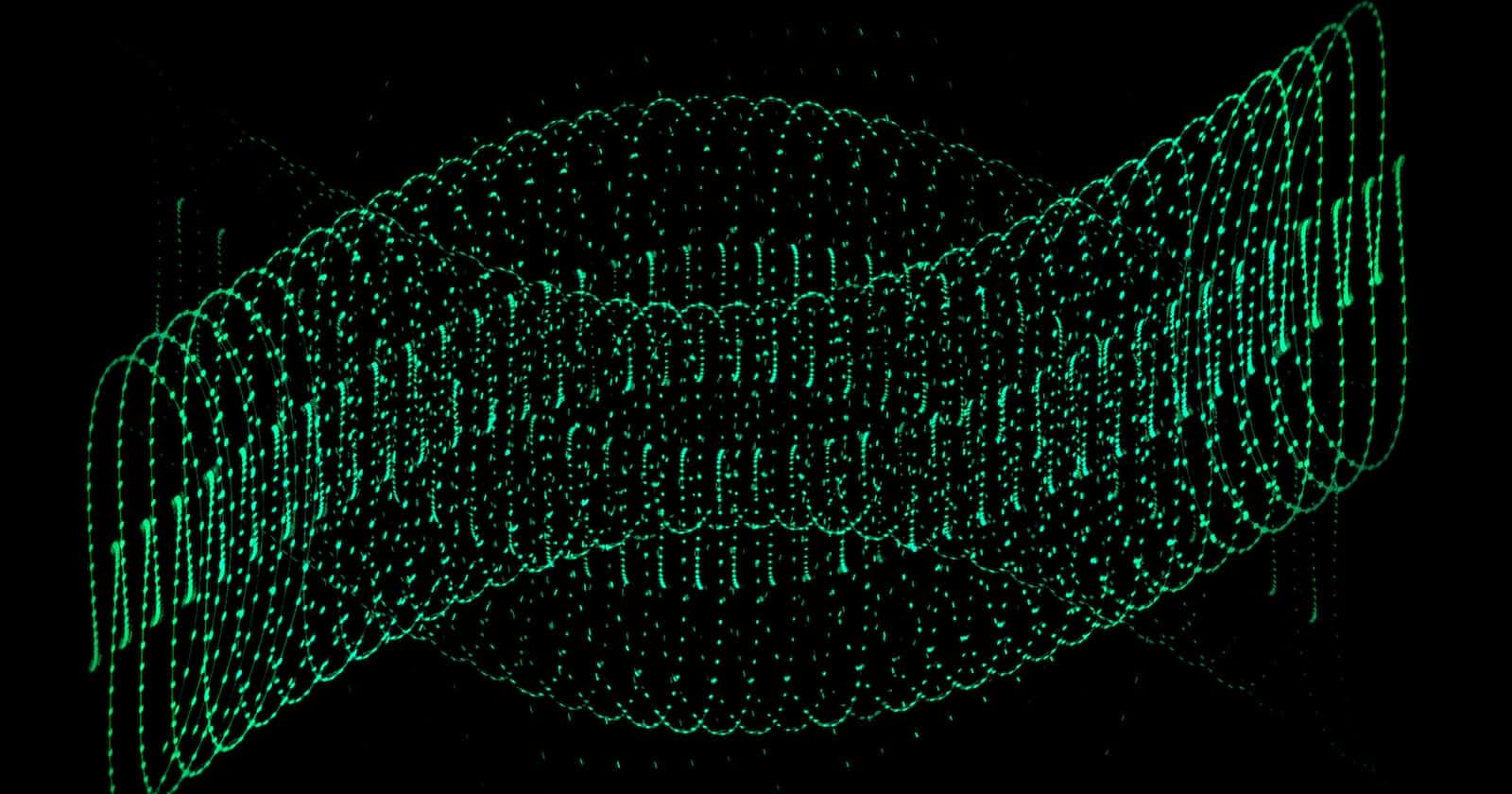Let me get this clear first. If you're looking to learn about matrices, reading this blog is only the beginning. While you'll gain an understanding of the fundamentals, if you want to truly master matrices you'll need to dive deeper. Watching lectures and reading books are great ways to gain a more comprehensive knowledge of the subject. You don't need to become a master of calculations either – computers take care of that – but learning the basic operations in matrices will help you make the most of the subject.
Matrices are a vital part of machine learning, as they are used to represent data in a structured and organized way. In this article, we will discuss the basics of matrices and how they are used in machine learning. We will also discuss some of the different types of matrices and how they can be used in Machine Learning algorithms
What is a Matrix?
A matrix is a two-dimensional array of numbers, symbols, or expressions. In machine learning, matrices are used to represent data sets and to make calculations on them. Each element in the matrix is called a matrix entry or an entry. Entries are arranged in rows and columns, which makes a matrix appear like a table.
Matrices are typically used to store and manipulate multi-dimensional data sets. For example, if you want to analyze the performance of a machine learning algorithm on a data set, you would use a matrix to store the data and then work with it to analyze the results.
Types of Matrices
Identity Matrix: An identity matrix is a square matrix with all diagonal entries equal to 1 and all other entries equal to 0. It is often used to represent a linear transformation
Square Matrix: A square matrix is a matrix with the same number of rows and columns
Diagonal Matrix: A diagonal matrix is a square matrix with all off-diagonal entries equal to zero. It is used to represent a linear transformation, such as an affine transformation
Symmetric Matrix: A symmetric matrix is a square matrix where all entries on both the upper and lower diagonals are equal. It is used to represent a linear transformation, such as a rotation
Using Matrices for Machine Learning
Matrices are used in many machine learning algorithms, such as linear regression and neural networks. In linear regression, matrices are used to represent the data points and the coefficients of the regression equation. In neural networks, matrices are used to represent the weights of the network and the data points.
Matrices are also used in other algorithms, such as support vector machines and decision trees. In these algorithms, matrices are used to represent the data points and the parameters of the algorithm.
Conclusion
Matrices are an important part of machine learning, as they are used to represent data in a structured and organized way. Several different types of matrices are used in machine learning algorithms, such as identity matrices, diagonal matrices, symmetric matrices, tridiagonal matrices, and orthogonal matrices. Matrices are used in many machine learning algorithms to represent the data points and the parameters of the algorithm. Understanding matrices and how they are used in machine learning algorithms is essential for any aspiring machine learning engineer.

